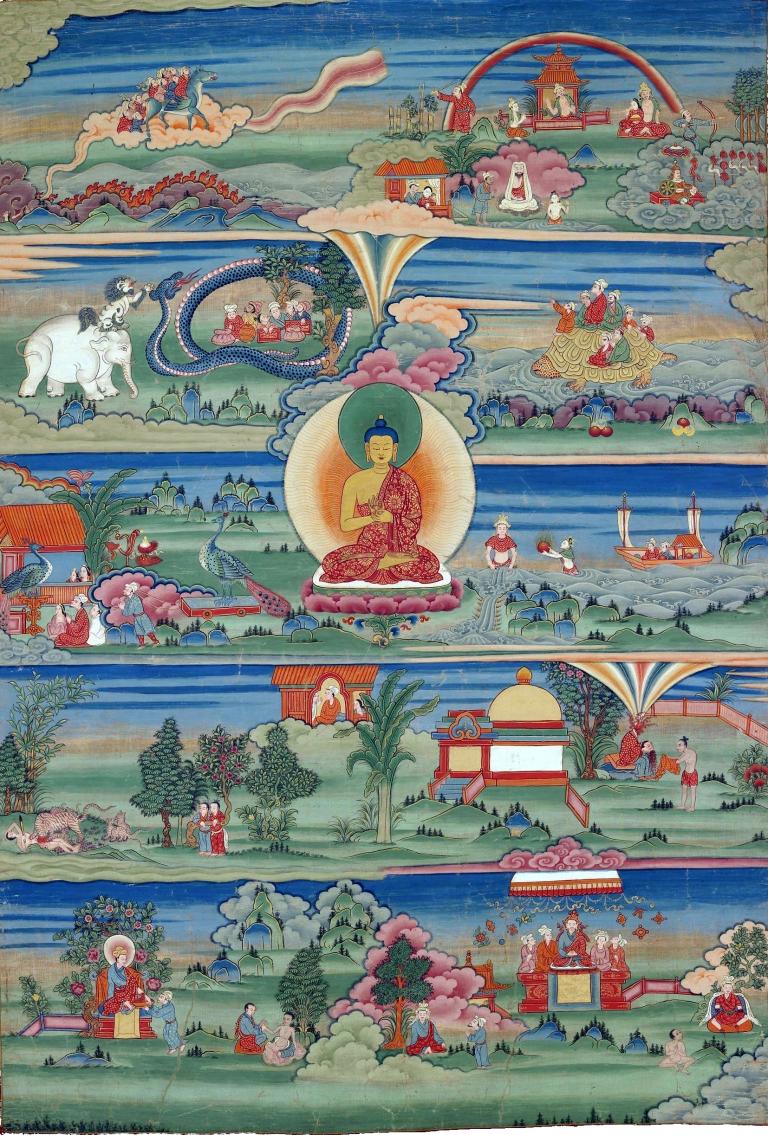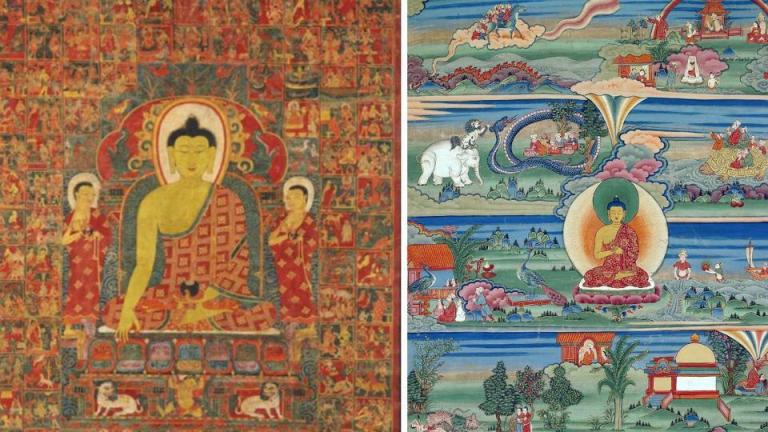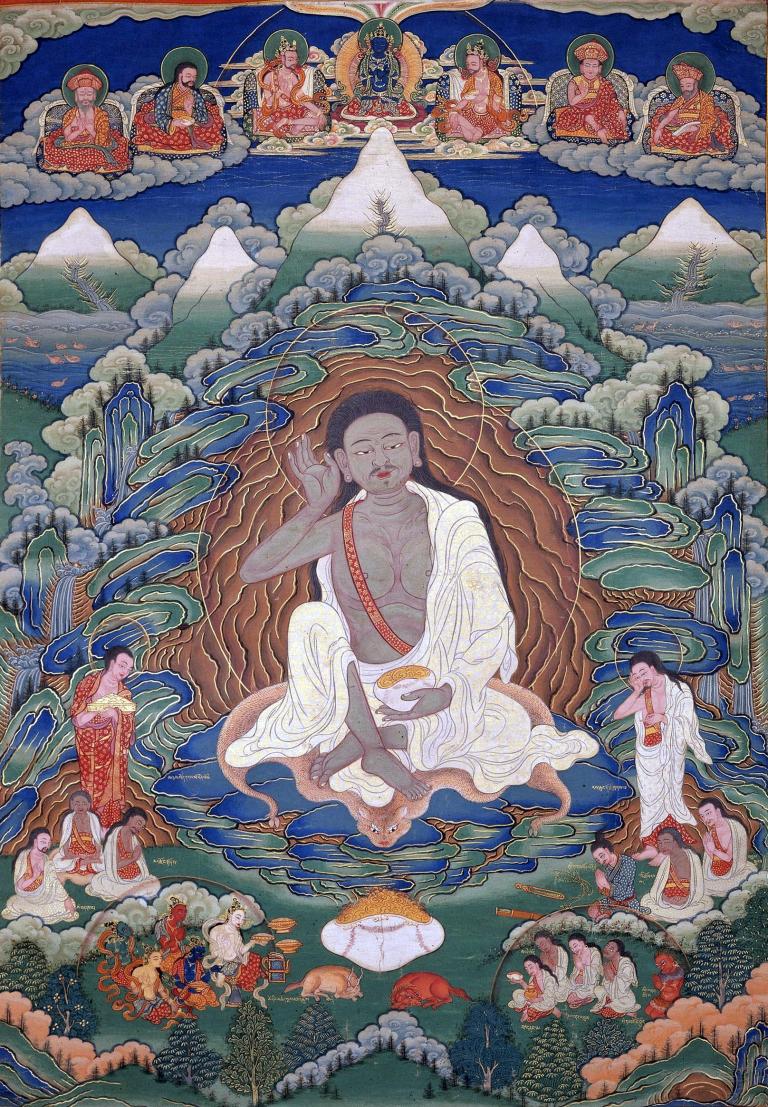Jataka Stories
3 min read“Jataka”is a free translation of Pali Jataka. Its transliteration is “Tuoga”, and it means the stories about the pre-life of Sakyamuni tathagata. In ancient India, people believed metempsychosis. One animal must have done something good or evil since the birth, not beyond the two ways; every action hasa consequence, which determines whether metempsychosis will be good or bad; and metempsychosis is endless. Before becoming Buddha, Sakyamuni was justa Bodhisattva unable to jump out of metempsychosis. He had to experience countless times of metempsychosis to become Buddha. Therefore, so-called Jataka Stories were produced.

The jataka stories were the stories about the pre-life of the Buddha, but in fact most were folk fables popular in ancient India. Buddhists just collected the fables and added the start and the end to each story according to a fixed format, pointing out that one person, one immortal or one animal was the predecessor of the Buddha. Each jataka story was composed of five parts:(1)the story about this life-illustrating the place and reason for telling the pre-life story of the Buddha;(2) the story in the pre-life-telling the pre-life story of the Buddha;(3) gatha poems-some being conclusive and some being descriptive, usually appearing in the pre-life story, sometimes appearing in the story about this life;(4) notes-explaining the meaning of words in the gatha poems;(5) counterpoint-corresponding roles in the pre-life story with characters in the story about this life.
The jataka story paintings in the grottoes were not scrolled serial pictures.It was just the most exciting scene in the jataka stories expressed in the paintings. Therefore, the jataka story paintings were like a close-up view takingthe essence of the jataka stories and capturing the most essential thing of the jataka stories to reappear by a combination of the color and the artistic beauty. In general, the jataka story paintings were characterized by slipshod drawing, light color, concise image and simple style.

The jataka story paintings in the grottoes are second to none throughout the country. According to incomplete statistics, the jataka story paintings in the Kizil Caves have more than 70 varieties, including Dove King Burns itself fo Saving Fenzhi, Renfa Dragon Kindly Saves a Poisonous Snake, Shipi King Cuts Own Flesh for Saving a Dove, Kuma Gives up its Food for Saving the Poor, Yingzi Treats Parents with Filial Respect, Royally Sinks for Saving a King, Prince Xukuoti Cuts his Flesh for Saving his Parents, Prince Xudana Gives Alms without Limitation, Sayanna Feeds a Tiger with himself, Golden King Donates the Last Meal, Four Animals Competes to Consecrate Fenzhi, Fairy With a Single Horn Disappoints Daughter to Return to the City, Hengada Prince Goes to Wanggeshi, Macaque Serves its Body as a Bridge, Young Elephant Helps a Lion to Fight against a Headstrong Snake, Male Lion Rescues an Ape, Parrot Extinguishes a Fire, Deer King Replaces a Pregnant Deer to be Cooked, Six-Tooth Elephant Dedicates Own Teeth, and so on. The painting “Eight Kings Fight for Buddhist Relics”is the theme usually painted in Xinjiang grotto wal paintings, usually appearing on the niche wall of a rear court room of the grotto. Most of these vivid and impressive stories are originated from folklore.









